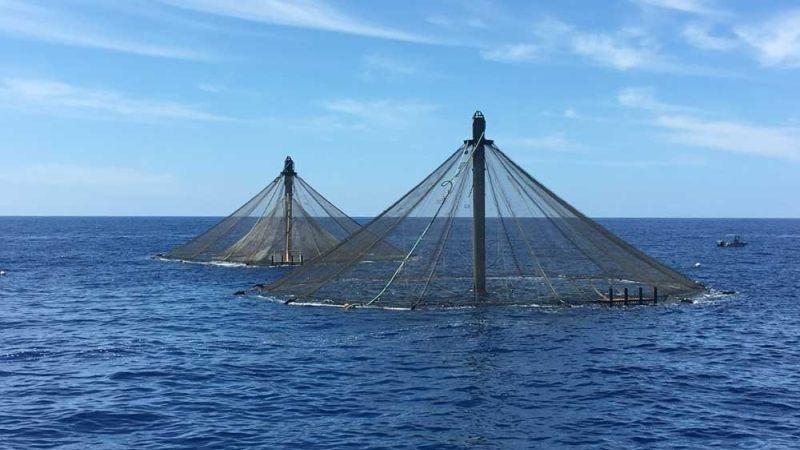
With many oil rigs being decommissioned in the Gulf of Mexico each year, plans of converting rigs for alternatives like offshore multi-trophic aquaculture (finfish, oyster and algae) production and renewable energy, has been on the cards for oilmen and fisheries alike.
US regulations already allow US Gulf of Mexico platforms to be used for other purposes, apart from oil and gas production. Right of Use and Easement (RUE) permits for alternative uses of offshore platforms have been granted in the past and these regulations would also allow for aquaculture and other marine-related activities. Leasing of Gulf of Mexico areas for wind power is expected to begin in late 2022.
Aquaculture is an increasingly important source of nutritious and sustainable seafood for people worldwide. Globally, aquaculture production must double by 2030 to keep pace with demand. This increase in demand for aquaculture products, food security considerations, and job creation has generated the need for skilled workers.
Ivan Puckett, one of the founders of Blue Silo Aquaculture LLC, while speaking to The Fish Site, said, “Our objective is to find as many uses as possible because we will need an income stream to maintain and operate the platforms. There’s enough space on these installations for several projects and the more operations we can have, the better it is.”
Aquaculture is one of the sectors they see as having the most promise for extending the useful shelf life of the platforms.
Puckett believes aquaculture is promising. “The water quality and oxygen levels are good and disease transmission is low. However, travel expenses to and from the platforms are high, the weather can be challenging, with hurricanes not infrequent and living arrangements are more challenging,” he added.
Kent Satterlee, co-founder Blue Silo Aquaculture LLC, informed that the company is planning to initially install a grid of 12 of Innovasea’s SeaStation pens and add another 12 at another platform site.
The SeaStation design includes the ability to be raised above the waterline in calm weather, exposing the netting to naturally defoul in the sunshine and then be submerged to a depth where they will avoid the full impact of any hurricanes or storm events that happen to pass.
“Innovasea also has expertise, materials, equipment and relationships to provide nearly all of the support aspects of the operation. Video monitoring, feeding systems, various marine and atmospheric monitoring devices, design and technical support, IT integration capabilities and much more,” Satterlee noted, while speaking to The Fish Site.
Puckett added that the company is looking into multi-trophic production; with a mixture of finfish, seaweed and oysters, and the University of Miami will be researching species selection.
In this scenario, the mooring grid for the SeaStation pens could also host the downlines for oysters and algae. The platform structure could also serve as host for the downlines.
D&A GOM 2022
At D&A GOM 2022, the offshore community is set to reunite face-to-face to discuss the challenges and opportunities marking decommissioning and abandonment in the region, listen to sessions delving into current complex situations and network to help each other optimise their strategies. To find out more, download the brochure: https://offsnet.com/da-gom/conference-brochure
Or contact:
Joseph Watson
Project Manager
Offshore Network Ltd.
t: +44 (0) 20 3409 5720
e:




